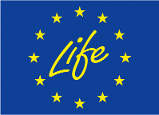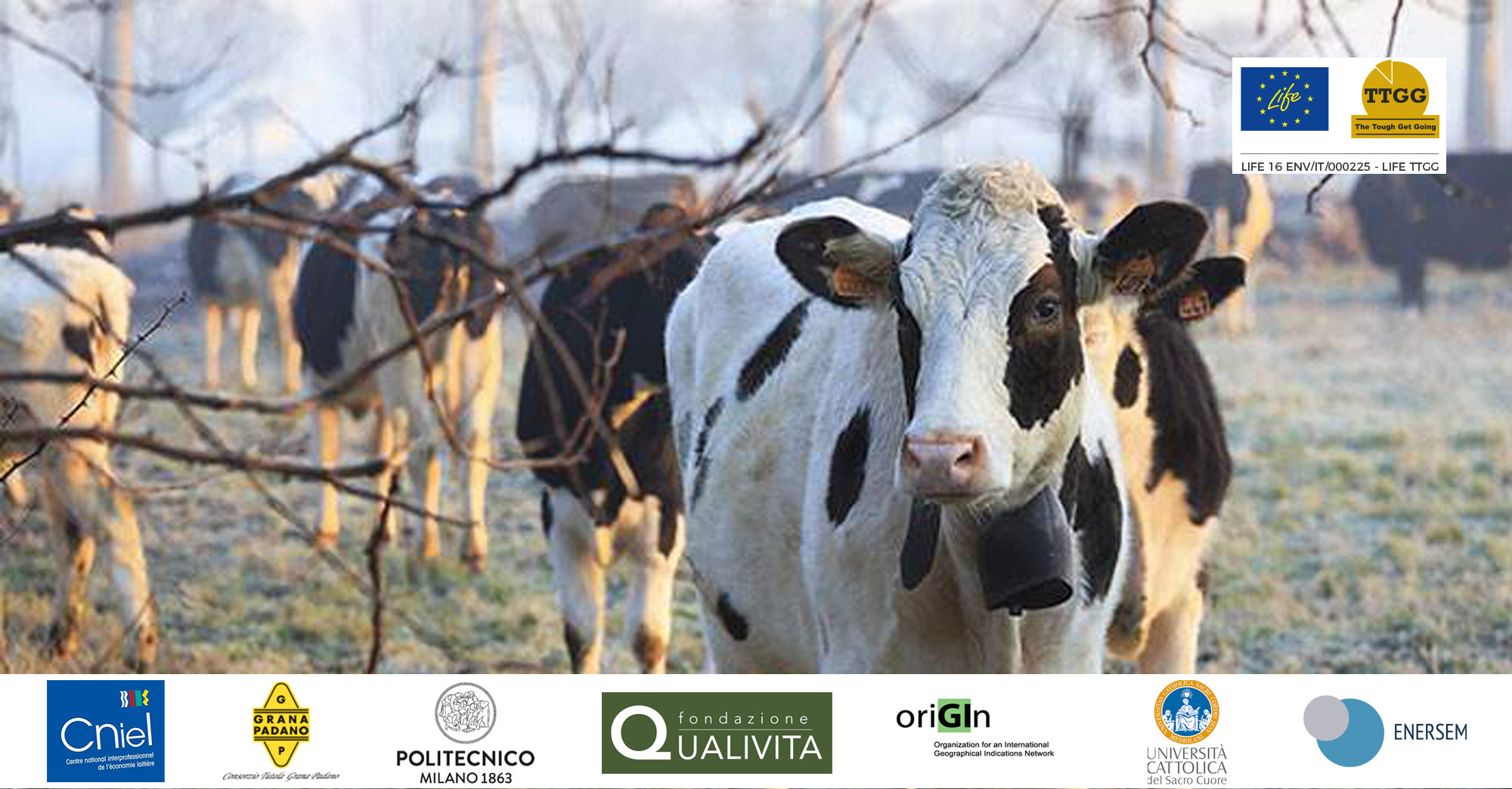Reduce the environmental impact of dairy farms
The project involves 7 highly qualified partners: Consorzio tutela Grana Padano, Politecnico di Milano, Università Cattolica del Sacro Cuore di Piacenza, Fondazione Qualivita, oriGIn, Enersem and CNIEL
The LIFE TTGG Project has made it possible to calculate the environmental impacts along all the phases of the Grana Padano production chain, from dairy farming, to the transformation and ripening of the cheese up to the packaging of the final product. In particular, the application of the Product Environmental Footprint (PEF) methodology adopted within the project, has shown that the milk production phase is the one with a higher environmental weight. The dairy farm phase is in fact responsible of almost all the environmental impacts (about 91% of the entire supply chain).
The LIFE TTGG Project has allowed to achieve a second important result, becoming aware of which categories of data, and therefore which activities, contribute mostly to the environmental impact of the dairy farms. In brief, the percentage contributions of the analysed data categories to the total impact associated with milk production are as follows: purchase of feed (34%), feed production (25%), emissions from manure management, enteric fermentation and shed management (16, 12 and 6% respectively), energy use (5%), purchase of bedding material (1%) and use of water in the farm (1%).
These results were the starting point for identifying and studying which mitigation actions could potentially be adopted by farmers in order to improve the environmental performance of their production system.
Six macro areas of intervention have been identified, which involve a proper management of effluents through the improvement of storage techniques and agronomic use of effluents, as well as the possibility of valorising them through anaerobic digestion; the adoption of management choices with the aim of optimizing the composition of the herd by reformulating the number of animals bred in relation to the number of animals in lactation or increase the quality of self-produced food and the geographical origin of those purchased; finally, the adoption of a system of heat recovery from the cooling of milk in the tank.
Among the proposed mitigation measures, the use of livestock effluents in anaerobic digesters and the optimization of their management and distribution to the field, have been found to be the most effective in terms of reduction of total environmental impacts.
| The Consorzio di tutela and the companies with PDO and PGI production can ask more information by writing to the person in charge of the Politecnico di Milano: pieter.ravaglia@polimi.it. |
Fonte: Università Cattolica del Sacro Cuore di Piacenza


